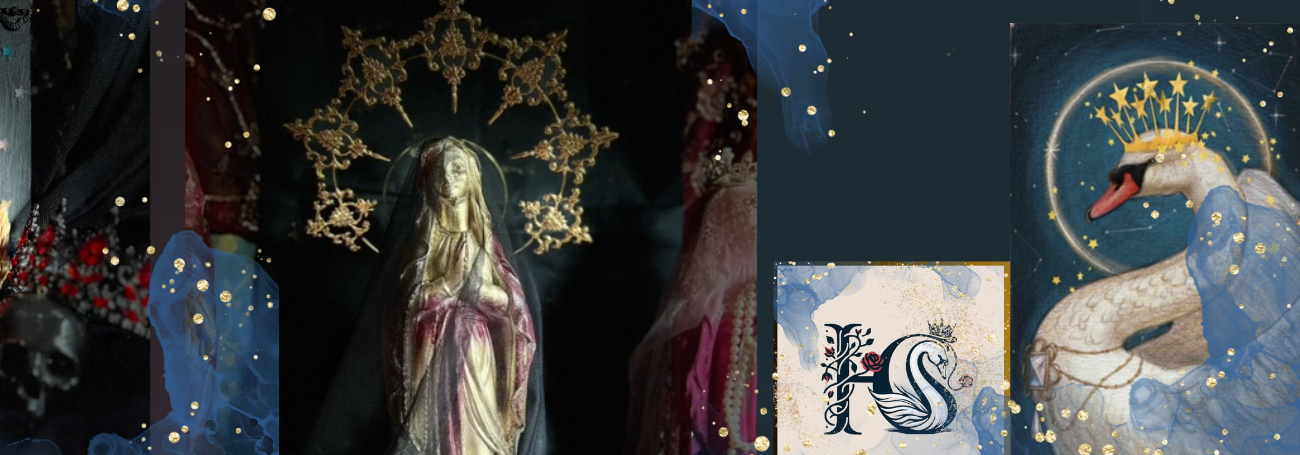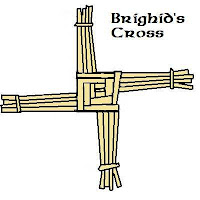The numerological value of 29 July 2013 is 6.
Six represents The Lovers in the Tarot, the
sacred marriage,
the Star of David,
the integration of Spirit and Ego,
both the Mother
and Father – the symbol of the Star of David.
The 29 equals the Master Number of 11.
So it is an important date in any case.
But then the planetary alignments this year have been filled with exceptional
alignments of Saturn and Jupiter
and seven planets in Capricorn (twice in June and July)
the triple moons with the Supermoon in July and
then the Star of David grand sextile on 29 July.
A year ago I had a vision of the Lion growing forth from
the Tree of Life planted in a rocky earth. The lion
roared Serapis and Resurrection, whilst facing East
into the Light of a new dawn.
And the new dawn has arrived and is manifesting in
the triple moons, followed by the grand sextile.
It is interesting to note that 6 is divisible by 3.
3 in Tarot is The Empress or the Creator card.
The website where I extracted the information from below, is at the end of this post.
This Cosmic Moon, the last of the 7 Mystic Moons, contains an awesome set of planetary movements and aspects, which correlate very closely to the Dreamspell version of the Tzolkin. The outer planets move very slowly and are already in position as the inner planets move into aspects with them. Just after Galactic Synchronization, on the 4th day of the Magnetic Moon, July 29, 2013, the planets will form an almost exact Grand Sextile. The Grand Sextile also includes two Grand Trines. These are all very positive and harmonious aspects completely surrounding the planet in a Sacred Geometric configuration. This is an awesome alignment of the planets in the solar system emcompassing the Earth in the geometry of a Stargate.
Here is an image of the astrology chart for the grand sextile. I accentuated the Grand Trine & Grand Sextile aspects to highlight their geometry.
Notice the Star of David sacred geometry held by the planets of the solar system around the earth during this aspect.
Magnetic Moon 4, July 29, 2013, is the day of the Grand Sextile. It is encoded as Blue Spectral Hand, “I dissolve in order to know. Releasing healing. I seal the store of accomplishment with the spectral tone of liberation. I am guided by my own power doubled.” What an affirmation for planetary healing and upliftment. This aspect comes into play one week after the Full Moon of the Cosmic Moon, which is the last of 3 Super Moons in a row. The Super Moon is when the Full Moon falls on the day when the Moon is closest to the Earth. The Moon moves into position to create a Grand Trine with Venus and Pluto which also completes a Grand Sextile around the planet Earth. The Grand Trine with Venus, Pluto and the Moon signifies the possibility of transformation (Pluto) through the power of beauty (Venus) and love (Super Moon).
It is significant to note that the planet Venus holds the energies of the
goddess Venus, and the energy of the Love Goddesses, currently
held by Mother Mary as well as the principle of Beauty.
(The path of Beauty is a valuable and intrinsic part of The Temple of Mary
to be explored in depth)
Pluto is the god of transformation and the actions of this god is also known
as ‘death’. In Vedic astrology the Moon rules the mind and in western esoteric
wisdom, the Moon rules the subconscious and the watery emotions.
In my discussion on the blog http://www.shaman-shewhoknows.blogspot.com
about the vision of the lion, I discussed its symbolism and relevance
as pertaining to the goddess Asherah, and the pertinence of the Tree of Life.
In the work of Karen Armstrong, The History of God, through meticulous
and exhaustive research, she writes in detail about the Jewish goddess Asherah
and the usurpation of the idea of God by the Romans and the
subsequent creation of christianity.
She points out a much-ignored fact : the goddess existed in the Jewish
faith, namely Asherah, and that both Mary and Mary Magdalene
were priestesses in the temple of Asherah. The first genocide of the Jewish
people was perpetrated by the Romans and that time was called
the Destruction of the Temples. Coincidentally, the Destruction of the
Temples was celebrated a fortnight ago in the Jewish tradition.
The Romans destroyed all statues and temples of Asherah the goddess
and all her people, men, women and children. The destruction was so
great that the Jews killed themselves in order to avoid the horrible
fate.
She also presents factual historical research into the early images of ‘God”
as a lion in both the ancient Jewish and Hindu traditions.
Asherah, the Jewish goddess, was incorporated into the Tree of Life (the Jewish esoteric
mystical path) as the Shekinah. She was known as the Lion Goddess.
Isis in ancient Egypt, was known as the Lion in her highest aspect.
Karen Armstrong makes the case that the creators of Christianity,
absorbed these symbols into their religion in order to
‘hi-jack’ the symbols buried in the unconscious of humanity,
a game of smoke and mirrors, so to speak.
(We still see this at play in today’s media and in the parlance
of sales people and conmen – use the trigger words and symbols
and create a false reality.)
The cult of Asherah, the goddess, and her peoples
were obliterated in order for a patriarchal religion
based on masculine principles of the Logos alone,
to be created.
The holy Trinity now became, Father, Son and a masculine Holy
Spirit. This meant that no feminine principle whatsoever was
present and as a result the feminine attributes of beauty,
love, compassion, charity, co-operation and so forth,
lost all value in the world.
In his book The Hebrew Goddess, Patel
points out the following :
And then there’s the matter of the Cherubim that sat atop the Ark of the Covenant in the Holy of Holies. Fashioned by Phoenician craftsmen for Solomon and Ahab, an ivory tablet shows two winged females facing each other. And one tablet shows male and female members of the Cherubim embracing in an explicitly sexual position that embarrassed later Jewish historians … and even the pagans were shocked when they saw it for the first time. [The Star of David, two triangles “embracing” became the coded symbol for God & Goddess locked in a “creating” posture….!]
Kabbalists, students of the esoteric Judaic tradition, does not view this world
as inherently evil, nor as separate from the divine. To them the Star of David
symbolises the interlocking and eternal embrace of Lover and Beloved,
God and human, similarly to the Hindu view of the eternal embrace
of Shakty and Shiva.
The Gabriel Messages (channeled material received by Shanta Gabriel)
call this period of time the Lion’s Gate Initiation
And here we are, on a mystical Christmas Eve,
witnessing the Star of Bethlehem in the skies
announcing the birth, re-birth and resurrection
of the Lion, the Christ, the Holy Son and Daughter of the Most High
Through the symbolism of the Lion we are shown that
we are on the eve of a return to Innocence, to the unadulterated
symbolism embedded in the depths of the unconscious of humanity;
a return to a true sense and intuition of the God within, as opposed
to the mythical and masculine creature created by man and called God
in Heaven, separate and devoid of the feminine.
First the three moons appeared reminding us of the three wise men
who followed the first Star of Bethlehem.
(In the Judaic tradition Bethlehem is regarded as the City of David)
And tomorrow the Star of David will appear in the sky,
beckoning all to witness the birth of the consciousness
that will be able to grasp and understand that
the literal and mythical interpretation of God is no longer necessary.
Enlightenment is when you pass through the gateless gate.
When you realise that you are both the gate and they key
and that neither truly existed.
This is the birth of a new consciousness that will be available
to all of humanity. This new era of Love will be accessible
to those who are willing to let go of the lower realms of the mythical
gods and goddesses and who are courageous enough to embrace
the dictum ‘you are the gate and you are the key’.
The Christed Son and Daughter of the Most High is the Self.
In The Temple of Mary we will immerse ourselves in these energies
during the Third Initiation and we will explore
the stone buried at the foot of the Tree of Life.
blessings
Hettienne BhaktyMa
Further reading and resources :
http://divinespace.co.za/planetary-alignment-july-2013/
http://www.northernway.org
The Hebrew Goddess – Raphael Patai
All books by Karen Armstrong





















